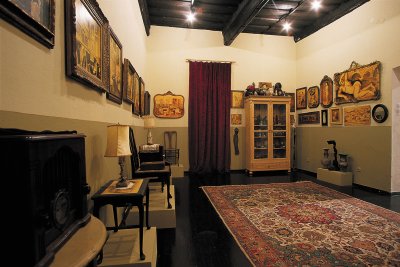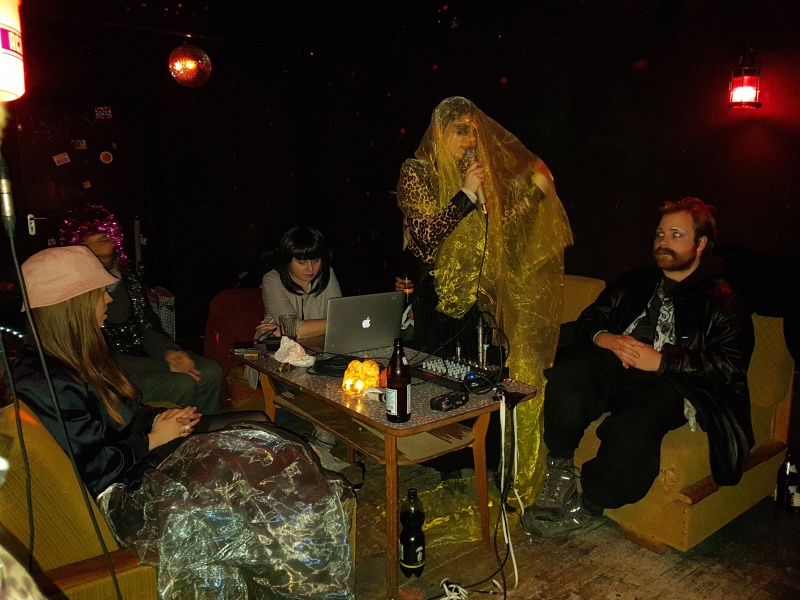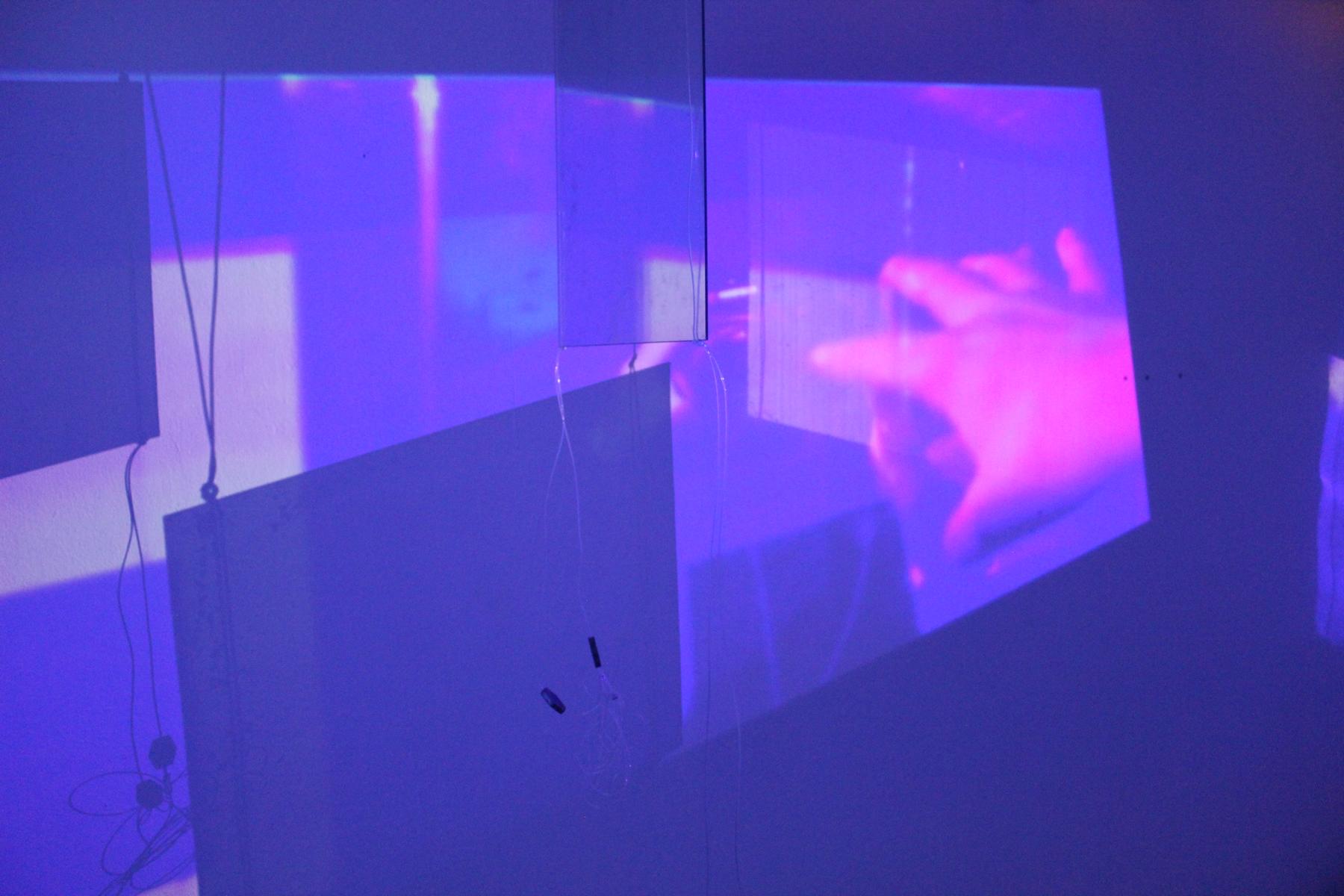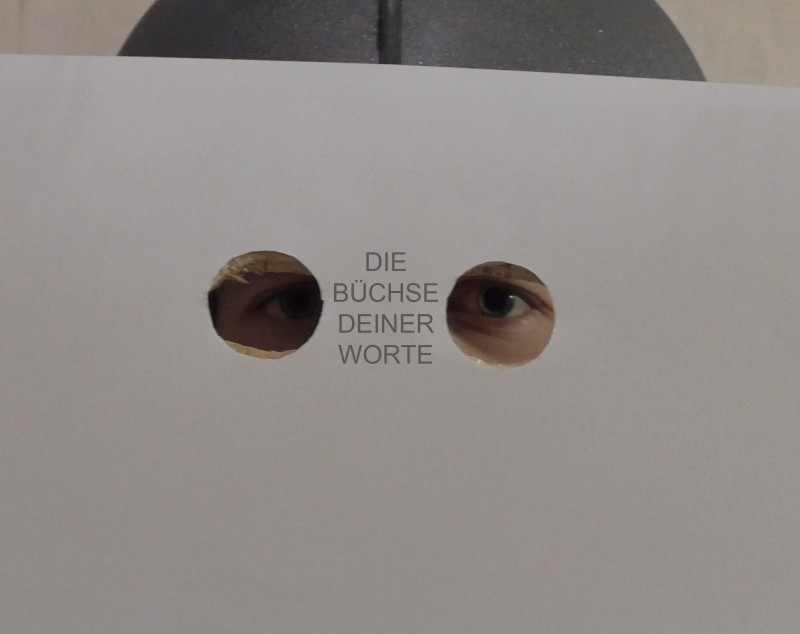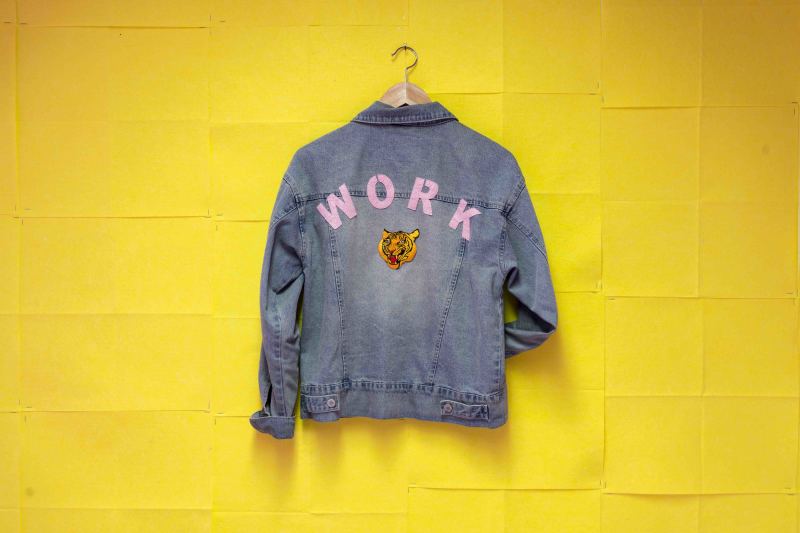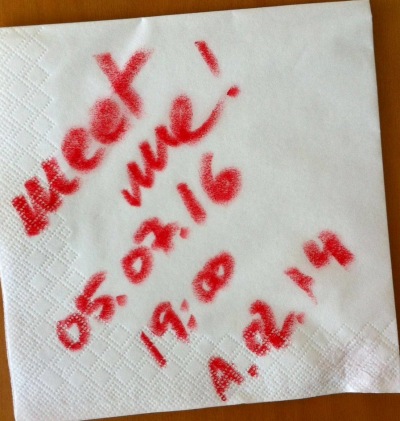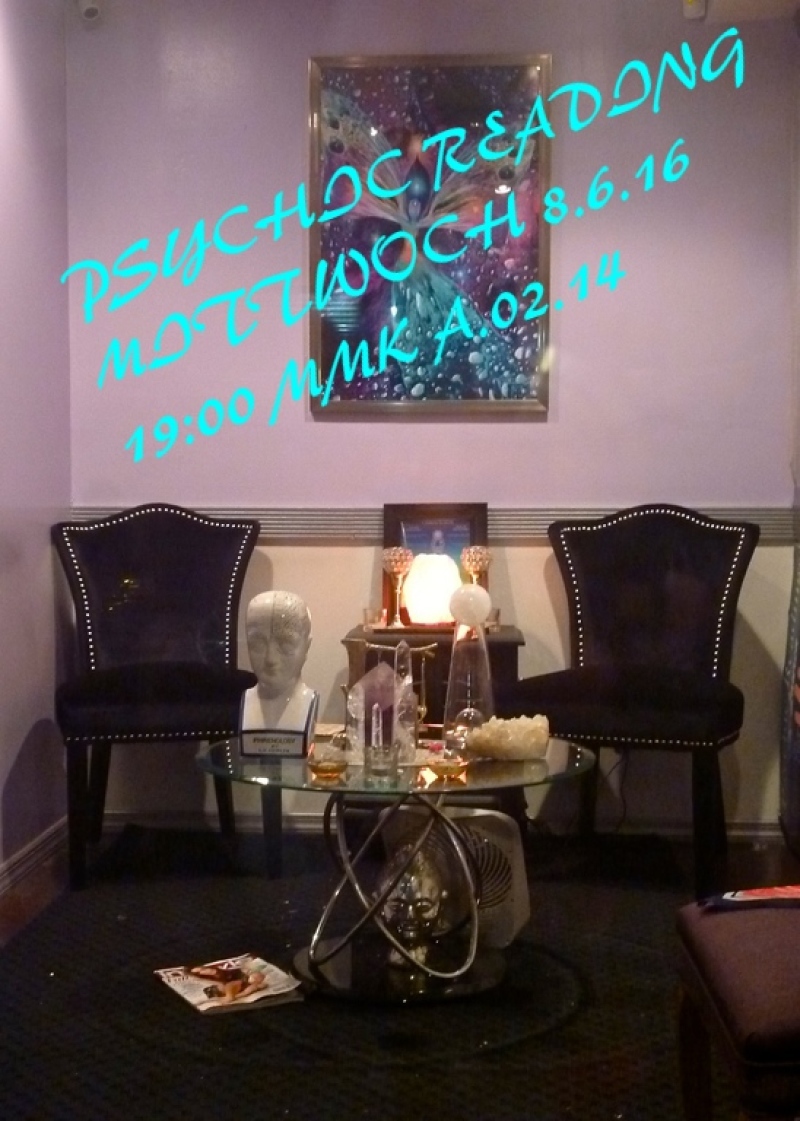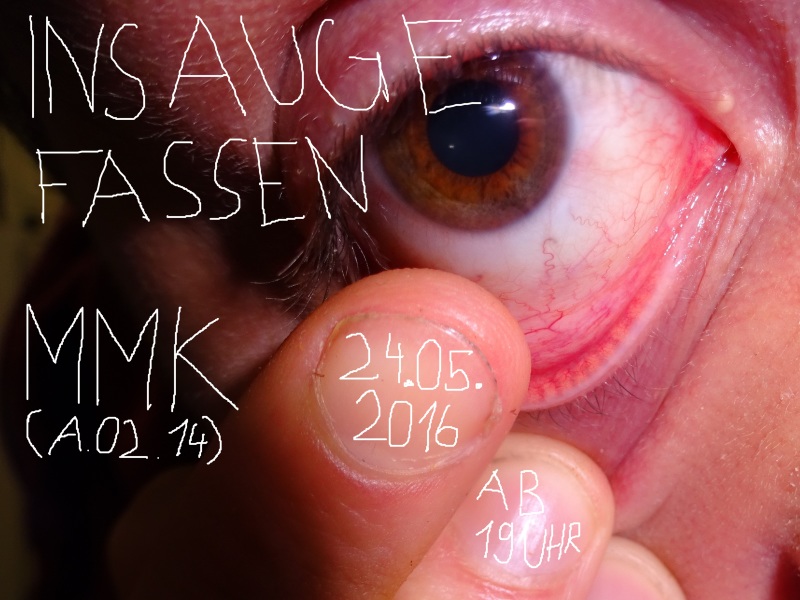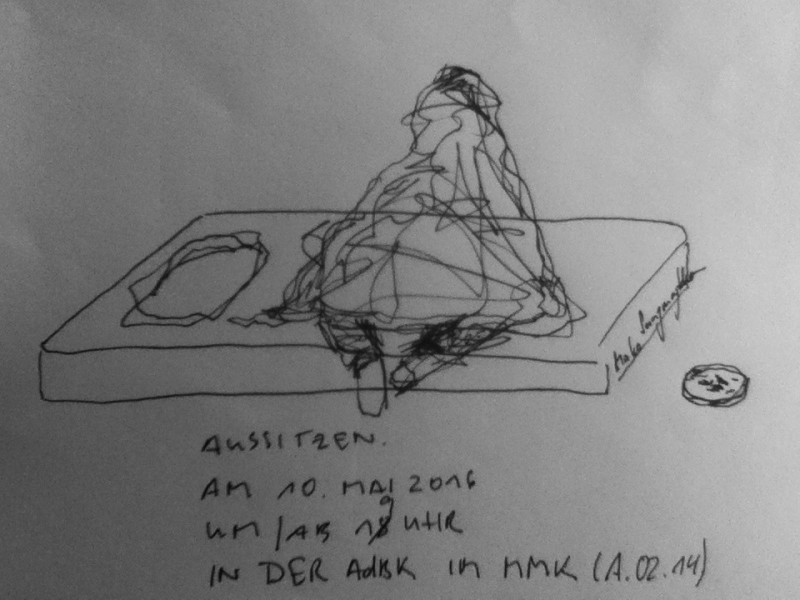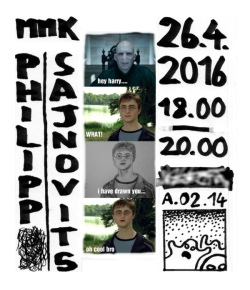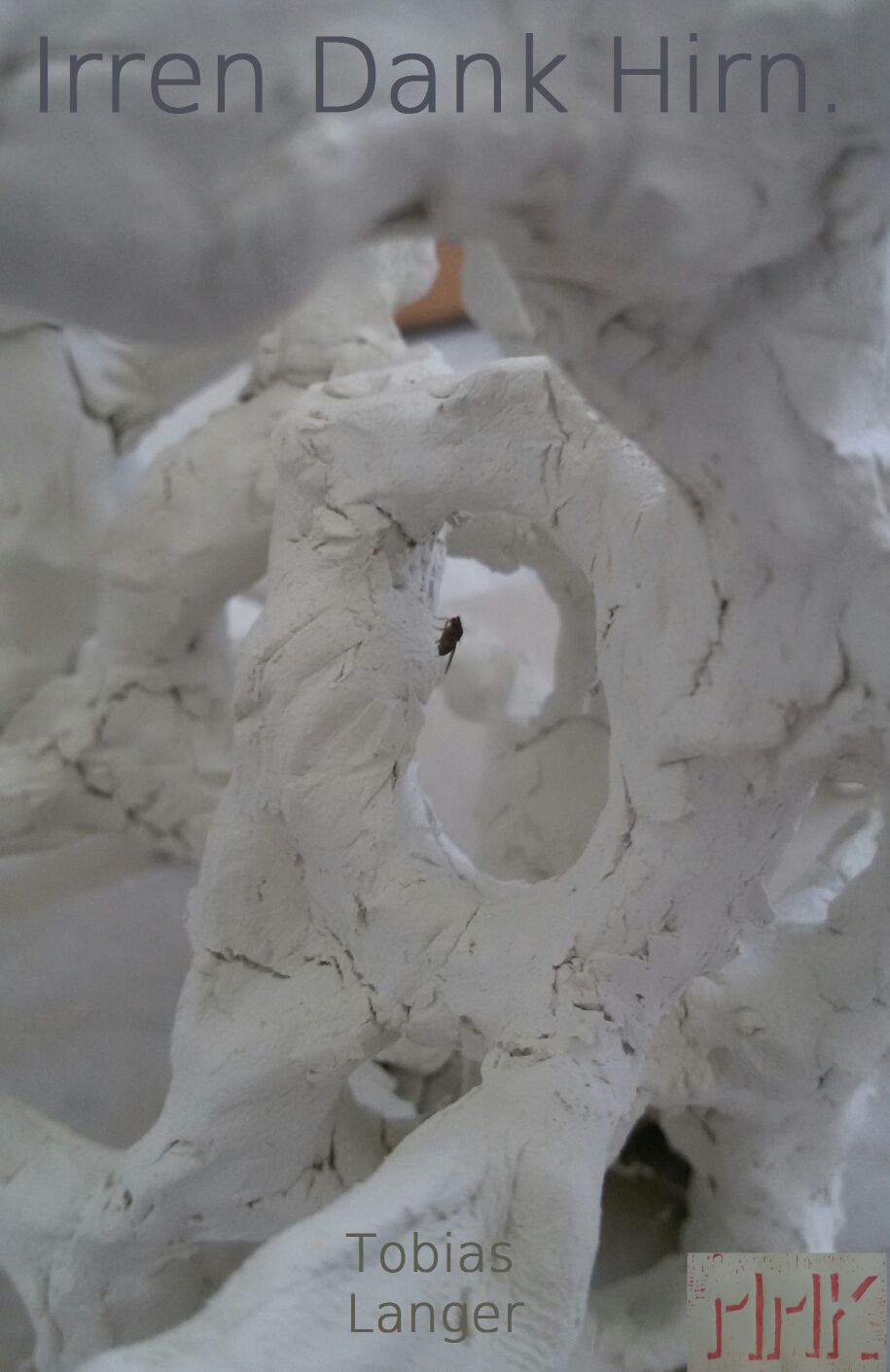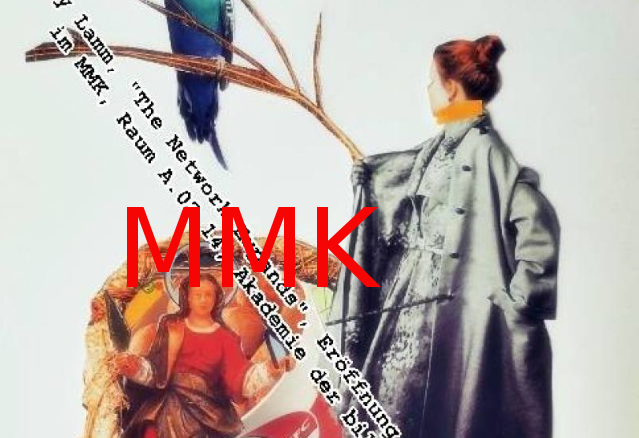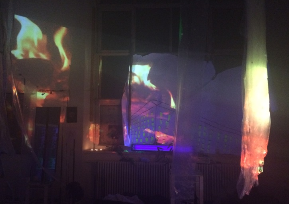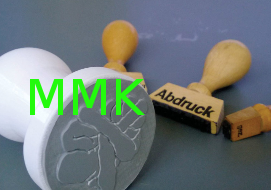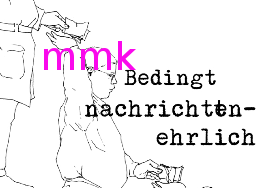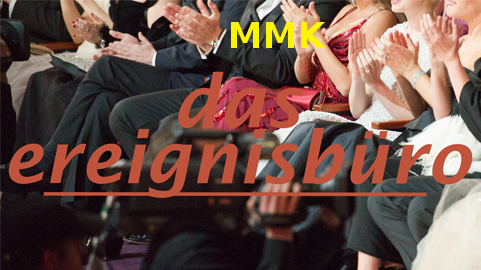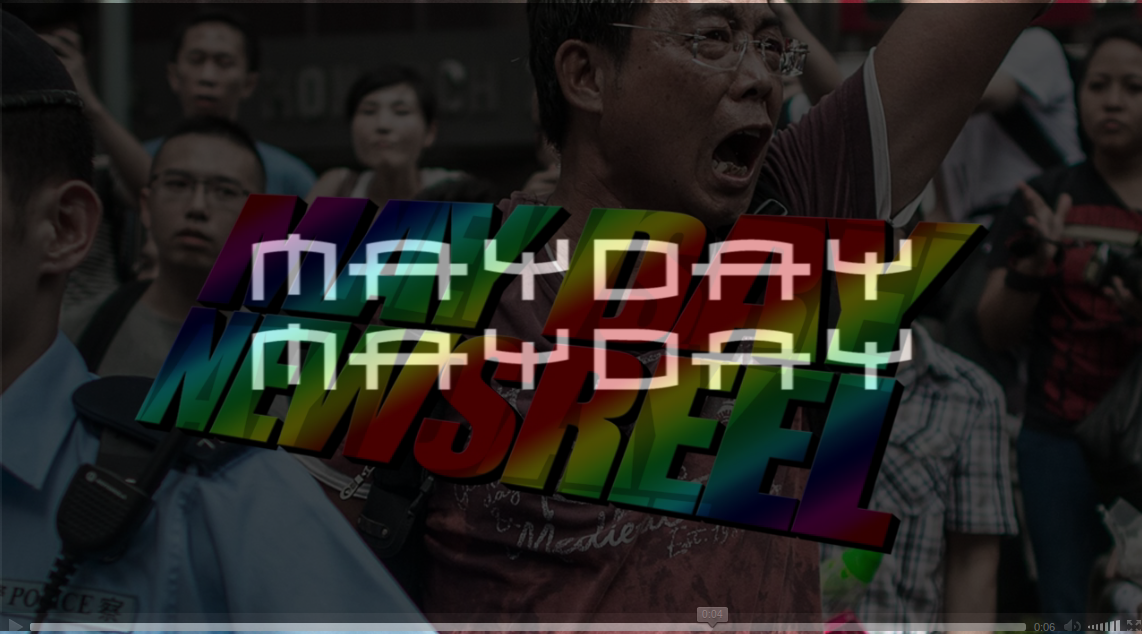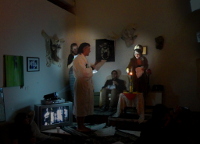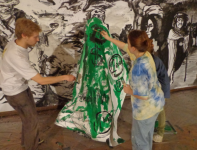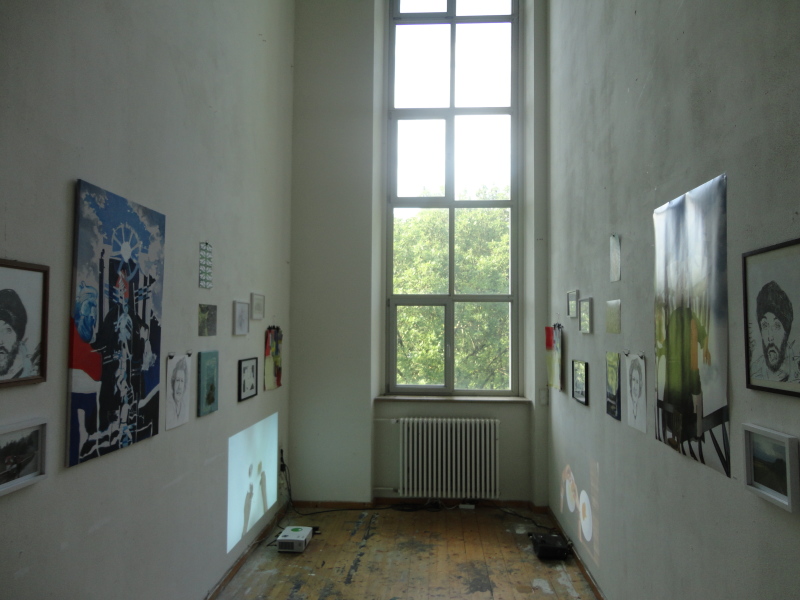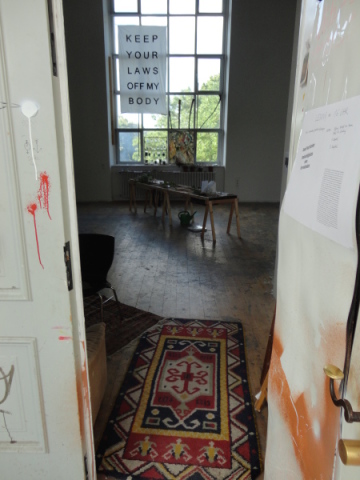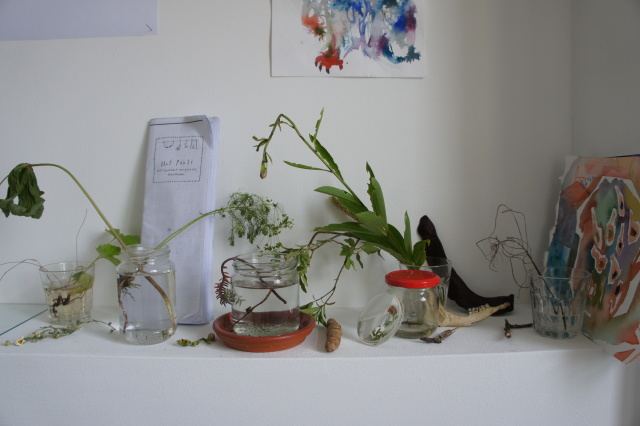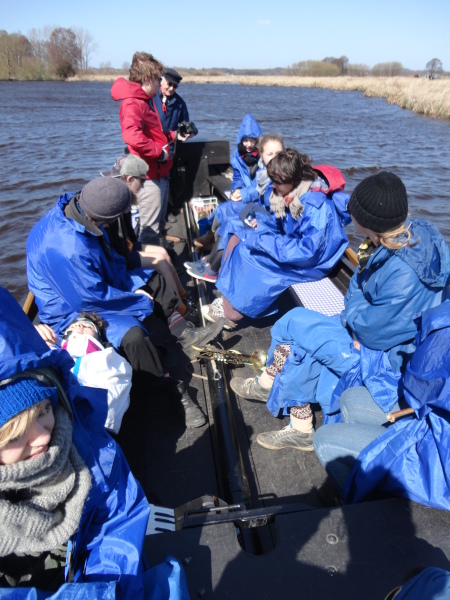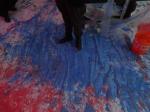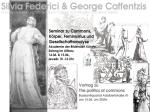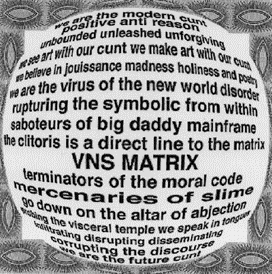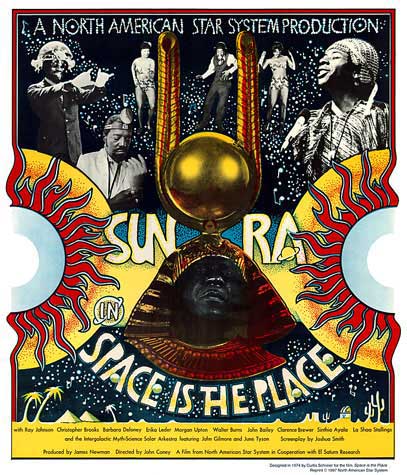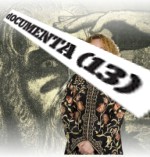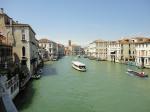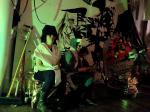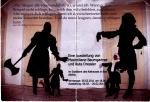SALON DE FLEURUS NEW YORK Salon de Fleurus 41 Spring Street, # 1 AR NYC, NY 10007 Tel. 212 334 4952

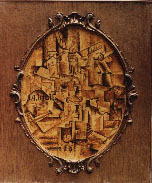
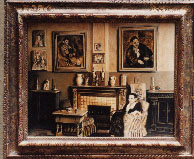
Meanwhile, a ground-floor apartment behind a rather Parisian courtyard slightly east of Soho has metastasized into something that is unabashedly about the intersection of life, history, fiction, and art: a recreation of Gertrude Stein's salon on Rue de Fleurus. This creative approximation has more the feel of magic realism than simulation. Of indefinite duration, evading the white cube's domain, Salon de Fleurus eludes the system. It's not exactly an installation, nor is it a performance; it's a freak occurrence. The two male hosts of this "authorless" manifestation do their best to be hospitable under the time, space, and gender-warp circumstances.
We may be sick of simulations, but Salon de Fleurus is an unreasonable facsimile, a black hole with the potential of sucking 80 years' worth of avant-garde incident into its force field and sending it for a ride on a rubbery M�bius strip. In this apartment the laws of physics - artistically speaking - do not apply, and nothing is quite what it seems. In the front parlor, seminal analytical Cubist works have been transmogrified into quaint sepia-toned curiosities with ornate rococo frames. In the back parlor, Picasso's indelible portrait of Gertrude has shrunken to a varnished Eastern Orthodox icon on wood. Cezanne's bathers are a curio in the china cabinet. Consider the implications. Stein's legendary salon, the locus of the modern art world's beginnings, reappears filled with nostalgic kitsch and amateur pictures, as well as a holy icon.
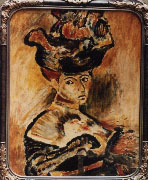
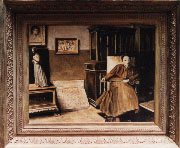
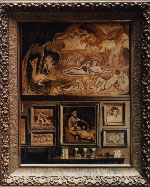
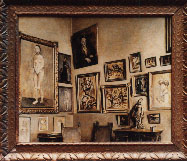
When systems - whether the local art market or the whole modern era - collapse, freak events such as these rise through the cracks. Some artists hold on for dear life, erecting airtight bulwarks and artificial life-support systems to maintain the old order against the onslaught of disintegration. Others go with a more molecular vision, rearranging the subatomic particles of the old history to shake things up.
I promised not to reveal the names of the authors, who want to remain unknown. One of them discarded his authorial identity in 1985 and denies any creative role in the projects he has sometimes been suspected of since: Soci�t� Anonyme in a Soho thrift shop, and The Last Futurist Exhibition and The Armory Show in Eastern Europe. Suffice it to say that ever since the '70s, in a country that doesn't exist, he has maintained a tactical position at the furthest extremities of art practice and theory, mining modern art for its antimatter.
Kim Levin (1993)
See also: Museum of American Art Berlin
See also: Die Sammlung "Moderne Kunst aus dem Museum Folkwang" im Karl Ernst Osthaus-Museum Hagen (German)
